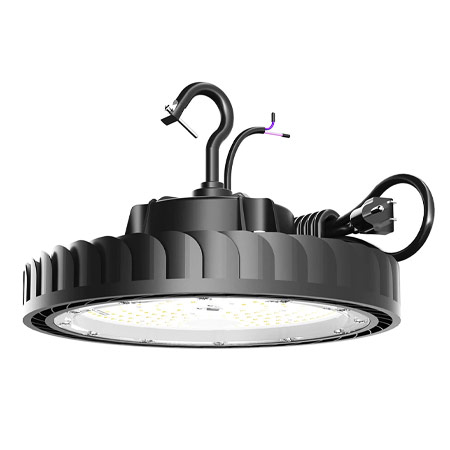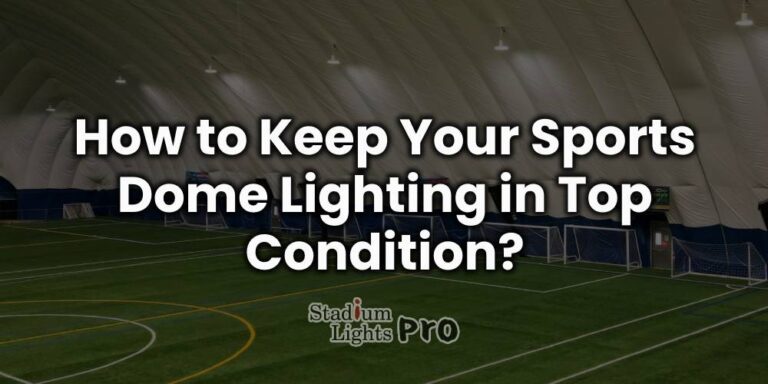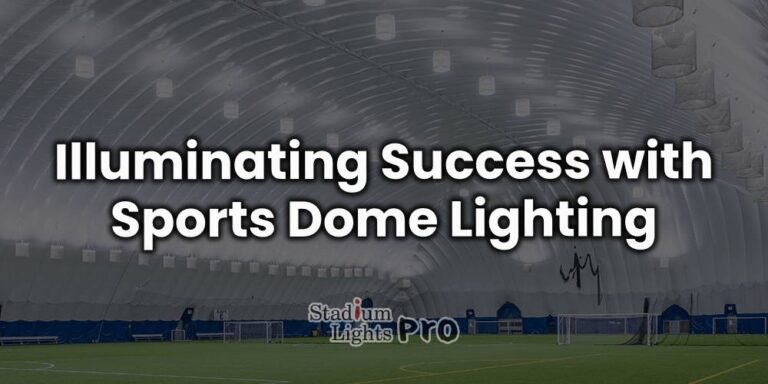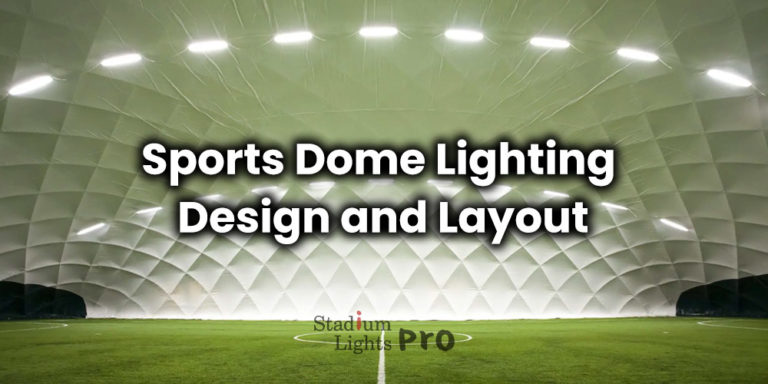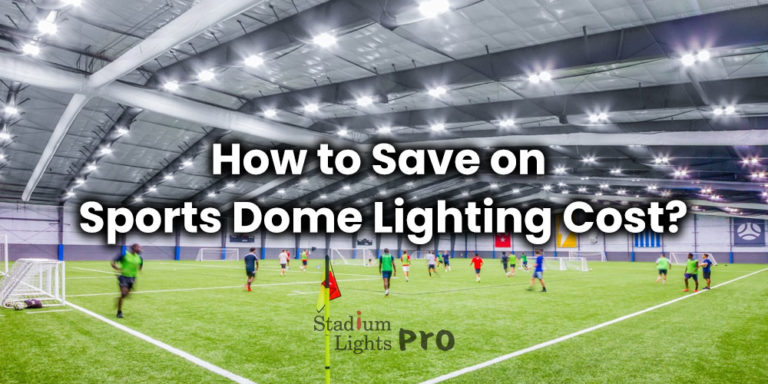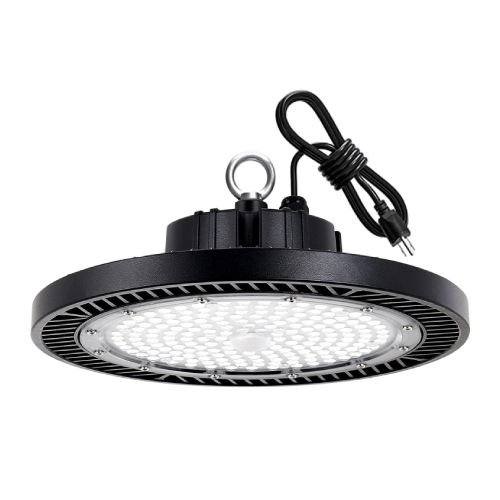
Sports Dome Lighting
Welcome to our page on sports dome lighting! Here, you’ll find a variety of information on the subject, including the benefits of using dome lighting in sports facilities, the different types of dome lighting available, and tips on how to choose the right dome lighting system for your sports facility.
Whether you’re a sports facility manager looking to upgrade your lighting system or a sports enthusiast interested in the latest and greatest in sports dome lighting technology, this page has something for you. So sit back, relax, and dive into the world of sports dome lighting with us!
Contact us for a free lighting consultation
LED lighting (Light Emitting Diode) is a type of solid-state lighting that uses semiconductor technology to convert electricity into light. LED sports dome lights are more energy efficient and have a longer lifespan compared to traditional lighting technologies such as incandescent or fluorescent lights. They are also more durable and resistant to damage.
Table of Contents
ToggleThe benefits of LED sports dome lighting
Energy efficiency and cost savings
One of the major advantages of using LED lighting in sports dome facilities is energy efficiency, which can result in significant cost savings. LED lights use less energy than traditional lighting technologies such as incandescent or fluorescent lights, which means that sports dome facilities can reduce their energy consumption and lower their energy bills by switching to LED lighting.
Besides, LED lighting can also result in indirect cost savings through reduced maintenance costs. LED lights have a longer lifespan compared to traditional lighting technologies, which means they need to be replaced less frequently. This can reduce the cost of labor and materials associated with maintaining and replacing lighting fixtures.
Improved visibility and safety for athletes
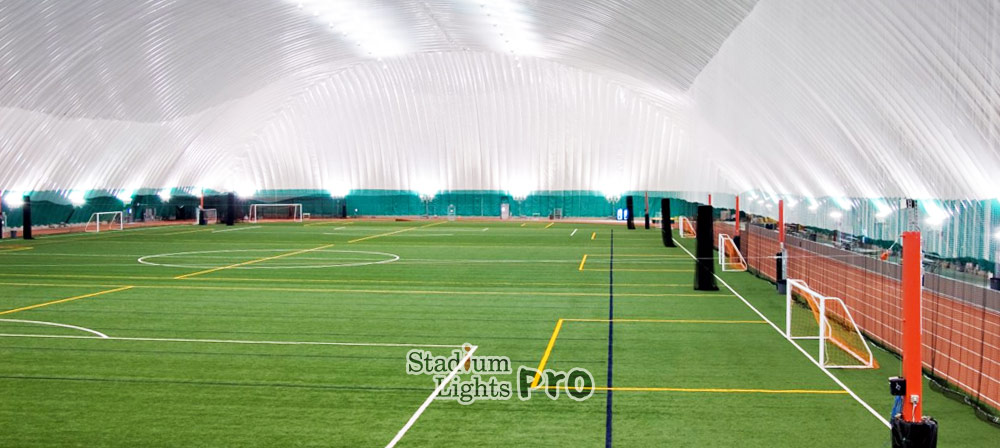
LED lights provide bright, uniform illumination that can help to improve visibility and reduce shadows and glare on the playing surface. This can be especially crucial in sports that involve fast-moving objects or high-speed movement, as it can help athletes to react more quickly and avoid accidents or injuries.
Good lighting can also enhance the overall experience of participating in sports events. Proper lighting can help to create a more immersive and exciting atmosphere for athletes and make the sporting event more visually appealing for spectators and television viewers.
Increased lifespan compared to traditional lighting technologies
LED lights have a longer lifespan compared to incandescent or fluorescent lights, which means they need to be replaced less frequently. This can result in reduced maintenance costs and downtime for sports dome facilities.
The lifespan of LED lights is typically measured in terms of “life hours,” which refers to the number of hours that a light will operate before it reaches the end of its useful life. LED lights can have life hours in the range of 80,000 to 120,000 hours or more, which is significantly longer than the life hours of traditional lighting technologies. This means that LED lights can last for many years before they need to be replaced, which can help to reduce the cost and hassle of maintaining lighting systems in sports dome facilities.
How to light a sports dome?
There are a few key factors to consider when arranging lighting in a sports dome:
Illumination levels
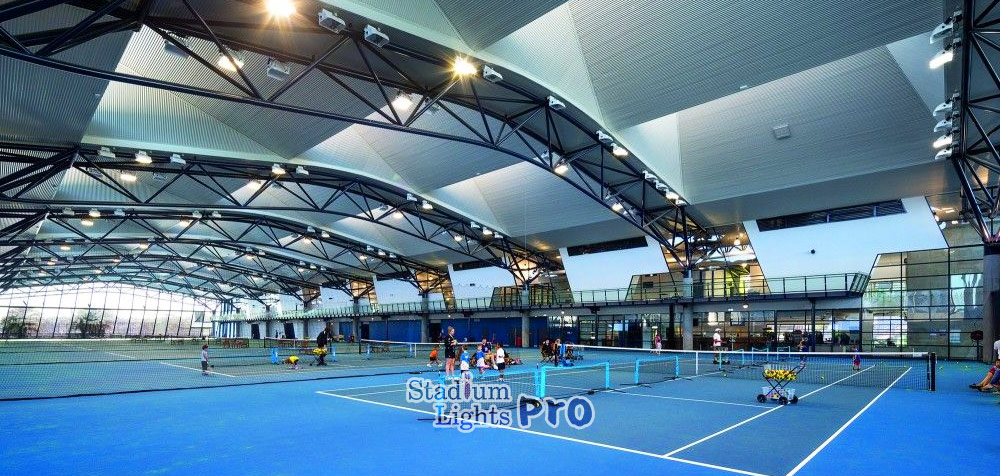
The lighting should be bright enough to ensure good visibility for athletes and spectators, but not so bright that it causes glare or discomfort. We need to ensure that the lighting is evenly distributed across the field or court.
The required illumination levels for a sports dome will depend on the specific sport being played and the size and layout of the facility. However, as a general guideline, sports dome facilities should aim for illumination levels in the range of 300-1,000 lux for most indoor sports. This is equivalent to about 30-100 footcandles.
These are just rough estimates, and the actual illumination levels needed may vary depending on the specific needs of the facility. For example, some sports such as basketball or volleyball may require higher illumination levels to ensure good visibility for athletes and spectators, while other sports such as golf may require lower illumination levels.
It’s also essential to ensure that the lighting is evenly distributed across the playing surface to avoid shadows or areas of poor visibility. A lighting specialist or engineer can help to determine the appropriate illumination levels and lighting arrangement for a sports dome facility based on the specific needs of the facility and the sport being played.
Positioning of lights
The lights should be positioned in a way that minimizes shadows on the playing surface. This may involve mounting the lights at a higher height or using a combination of high and low lights.
Height
The lights should be mounted at a sufficient height to provide good coverage of the playing surface. However, if the lights are mounted too high, they may create shadows or cause glare.
Distance from the sports dome surface
The lights should be positioned close enough to the playing surface to provide sufficient illumination, but not so close that they create shadows or cause glare.
Angle of lights
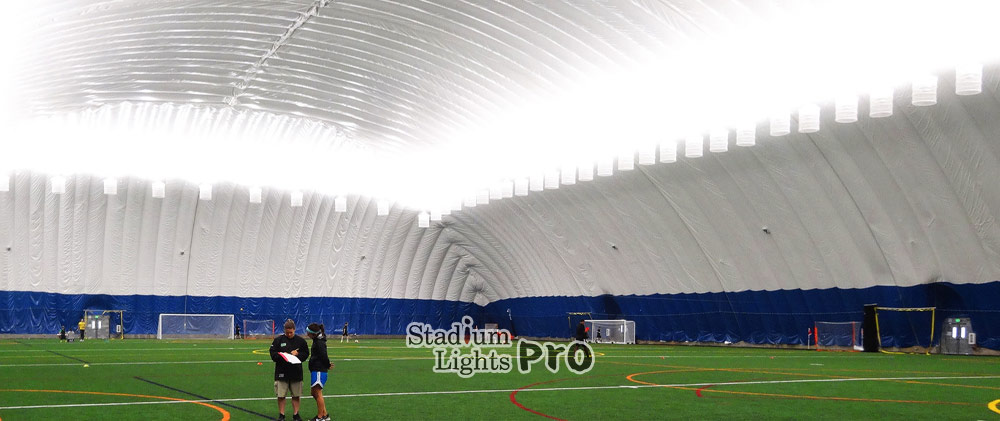
The angle of the lights should be carefully considered to avoid creating shadows or causing glare.
The lights should be angled downward towards the playing surface at a steep enough angle to provide sufficient illumination, but not so steep that they create shadows. If the lights are angled too steeply, they may create shadows on the playing surface that can be distracting or obstruct the view of athletes or spectators. On the other hand, if the lights are angled too shallowly, they may cause glare or discomfort for athletes and spectators.
Use of reflectors
Reflectors can be used to redirect light and improve the overall illumination of a sports dome. Reflectors are typically made of a highly reflective material, such as aluminum or chrome, and are used to redirect light that would otherwise be lost or absorbed.
There are several types of reflectors that can be used in a sports dome, including:
Parabolic reflectors
These are curved reflectors that are designed to focus light into a specific area. They can be used to increase the intensity of the light in a particular spot or to eliminate shadows.
Umbrella reflectors
These are circular reflectors that are shaped like an umbrella. They can be used to diffuse light and create a softer, more even illumination.
Wall or ceiling reflectors
These are flat reflectors that are mounted on the walls or ceiling of the sports dome. They can be used to redirect light and improve the overall illumination of the facility.
Case studies of successful implementation of LED sports dome lighting
The O2 Arena in London
The O2 Arena in London is a multi-purpose indoor arena that hosts a wide range of events, including concerts, sporting events, and trade shows. In 2013, the O2 Arena switched to LED lighting as part of a sustainability initiative.
The switch to LED lighting resulted in energy savings of 50% and improved visibility and safety for athletes and spectators. The LED lights used at the O2 Arena are designed to provide bright, uniform illumination with minimal shadows and glare, which helps to improve the overall viewing experience for attendees.
The switch to LED lighting was part of a broader sustainability initiative at the O2 Arena, which has also included the installation of energy-efficient heating and cooling systems and the use of renewable energy sources. The O2 Arena has received recognition for its sustainability efforts, including a “Green Apple Environment Award” and a “Green Tourism Business Scheme Gold Award.”
The US Bank Stadium in Minneapolis
In 2016, the US Bank Stadium in Minneapolis – the home stadium of the Minnesota Vikings NFL team – implemented LED lighting as part of its sustainability efforts. This switch resulted in a 40% reduction in energy usage and improved visibility and safety for athletes and spectators.
The Melbourne Sports and Aquatic Centre in Australia
The Melbourne Sports and Aquatic Centre, a multi-purpose indoor sports facility, switched to LED lighting in 2015. The facility reported energy savings of 35% and improved visibility and safety for athletes.
MSAC has received recognition for its sustainability efforts, including a “Green Globe” certification and a “Victorian Water Conservation Award.”
Sports dome lighting frequently asked questions
How much lighting is needed for a sports dome?
The amount of lighting needed for a sports dome depends on the size of the dome and the type of sports being played. A minimum of 300-1,000 lux (a unit of illuminance) is typically recommended for most indoor sports, but some sports such as basketball may require higher levels of lighting.
Can LED lights be used in a sports dome?
Yes, LED lights are a popular choice for sports domes because they are energy efficient and have a long lifespan. They are also brighter and more durable than traditional incandescent lights.
How is the lighting in a sports dome controlled?
The lighting in a sports dome is typically controlled using a lighting control system, which allows for precise control over the intensity, color, and direction of the lights. The control system may be manual or automated, and can be programmed to adjust the lighting based on factors such as the time of day or the type of event being held in the dome.
How is the lighting in a sports dome maintained?
The lighting in a sports dome should be regularly maintained to ensure that it is functioning properly and providing sufficient illumination. This may include cleaning the lights, replacing burnt-out bulbs, and adjusting the aim of the lights as needed. It is also required to periodically test the lighting system to ensure that it is operating at peak efficiency.
Can natural light be used in a sports dome?
Some sports domes are designed to allow natural light to enter the dome, which can help reduce the energy needed to illuminate the space. However, natural light alone may not be sufficient to provide adequate lighting for most sports activities, so artificial lighting is usually needed as well.
Can the lighting in a sports dome be adjusted for different events?
Yes, the lighting in a sports dome can typically be adjusted for different events. For example, the intensity of the lights can be increased or decreased depending on the needs of the event, and the color of the lights can be changed to create different moods or atmospheres. Some sports domes also have movable lights or adjustable light fixtures that can be directed towards specific areas of the dome as needed.
How much does it cost to install lighting in a sports dome?
The cost of installing lighting in a sports dome will depend on the size of the dome, the type of lights being used, and the complexity of the lighting system. In general, the cost of installing sports dome lighting can range from a few thousand dollars for a small dome with basic lighting to several hundred thousand dollars for a large dome with a sophisticated lighting system.
How long does it take to install lighting in a sports dome?
The time required to install lighting in a sports dome will depend on the size of the dome and the complexity of the lighting system. For a small dome with a basic lighting system, installation may only take a few days. However, the installation of a more complex lighting system in a large dome could take several weeks or even months.
How do I choose the right lighting for my sports dome?
Size of the dome
The size of the dome will determine the number and type of lights needed to provide sufficient illumination.
Type of sports
Different sports have different lighting requirements, so it’s essential to choose lights that will provide adequate lighting for the specific sport being played.
Energy efficiency
LED lights are typically more energy efficient than traditional incandescent lights, so they may be a good choice if energy efficiency is a concern.
Cost
The cost of the lighting system will also be a factor to consider, as sports dome lighting can be expensive. It may be worth investing in a more expensive lighting system if it offers improved performance or energy efficiency, but be sure to weigh the costs against your budget.
Can sports dome lighting be used for other types of events?
In addition to sports, sports dome lighting can also be used for other types of events, such as concerts, trade shows, and other large gatherings. The lighting system can be adjusted to suit the needs of the event, and the large, open space of the dome makes it a flexible and versatile venue for a wide range of activities.
Conclusion
LED lighting is a highly effective and efficient option for sports dome facilities. It offers many benefits, including energy savings, improved visibility and safety for athletes and spectators, and a longer lifespan compared to traditional lighting technologies. The use of LED lighting in sports dome facilities can result in reduced operating costs and an enhanced sporting experience for everyone involved.
If you’re interested in upgrading your sports dome lighting to LED, we encourage you to contact us for more information. Our team of lighting specialists is here to help you design the perfect lighting solution for your sports dome facility. We offer free sports dome lighting design services and discounted pricing on LED sports dome lighting fixtures to help you save money and improve the performance of your facility. Whether you’re looking to upgrade your existing lighting or design a new lighting system from scratch, we have the expertise and resources to help you succeed. Don’t hesitate to get in touch with us to learn more and get started on your LED lighting project today.

